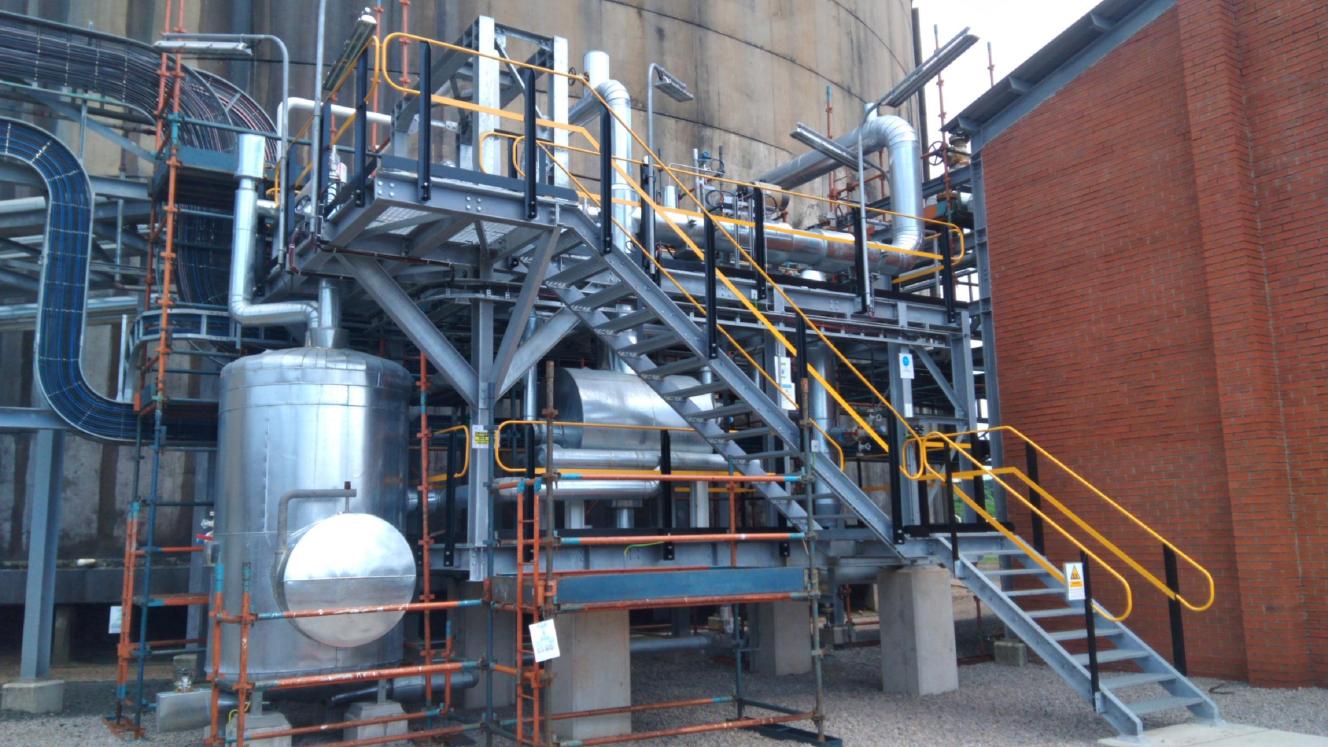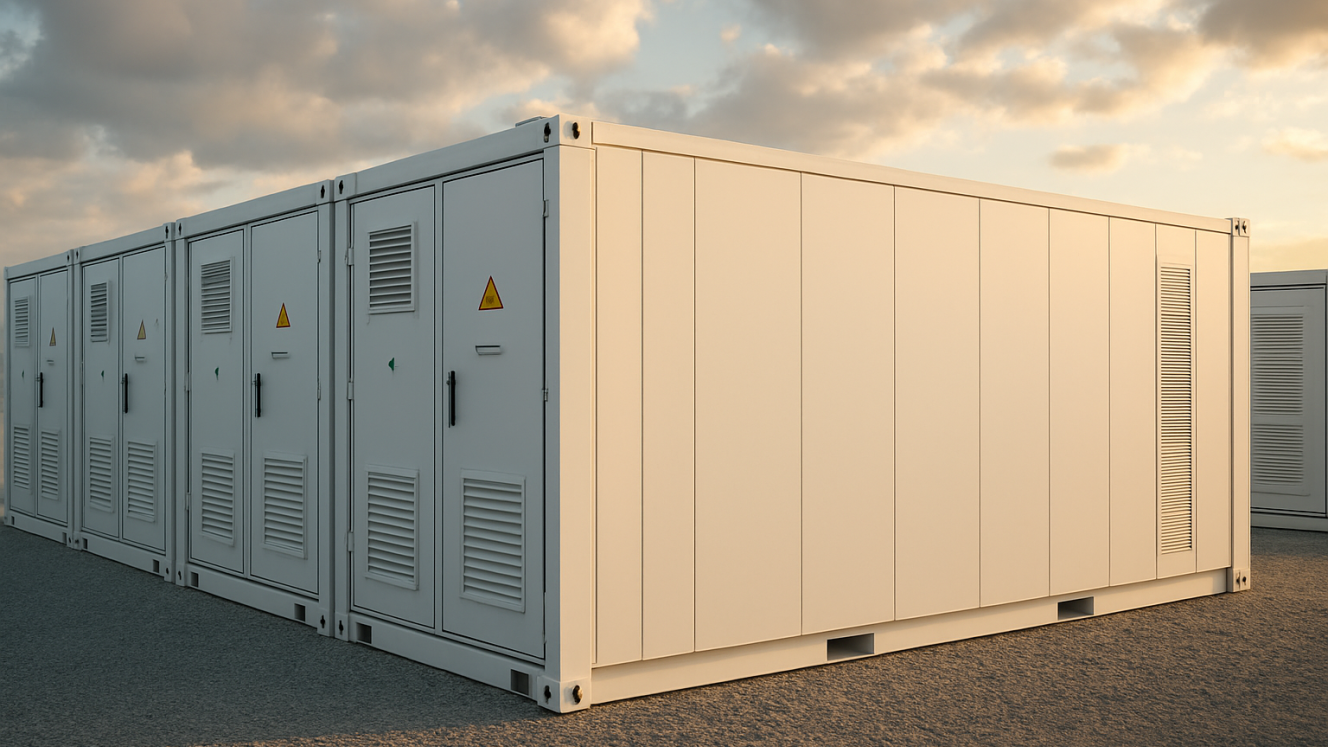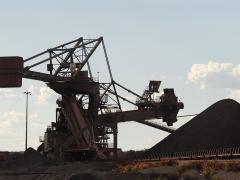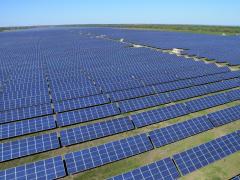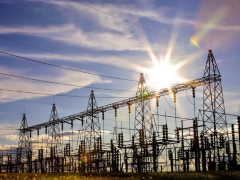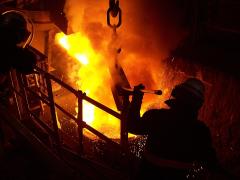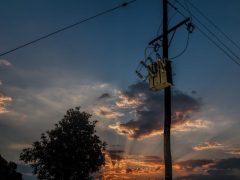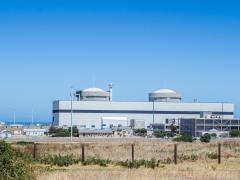Thyssenkrupp Uhde has successfully supplied and commissioned a drop tank and rail loading condenser unit at Richards Bay harbour which has contributed to reduced operational costs and optimised safety for a key customer.
The scope of the project was to reduce levels of flaring NH3 vapours during the loading process by means of condensation and recovery from non-condensable components present in rail tanker vents. The company’s chief process engineer, Dr Spiro Comitis, says the drop tank is used to drain the last volume from the main storage tanks that cannot be pumped out due to the properties of NH3. The condenser recovers ammonia vapour directly from rail tanker vents during filling operations, which limits flaring episodes. This new condenser system reduces the burden on the existing storage tanks refrigeration system by separating the non-condensable components directly from rail tanker vents before entering storage, subsequently lowering operational costs and optimising flaring. Spiro points out the importance of this project in ensuring statutory inspections are achieved safely and timeously, owing to the implementation of the drop-tank.
The company completed the concept development (FEL1) and basic engineering (FEL2) to assist in defining the final scope and budget. All necessary engineering was completed at the firm’s home office.
“We deployed a full management team to site to ensure that four key project objectives - schedule, quality, safety and costs - are achieved,” notes André van Zyl the company’s project manager. “We also collaborated with sub-contractors and suppliers who share our quality and safety ethos.”
Installation began in November 2021 and commissioning, which was conducted jointly by Thyssenkrupp Uhde and the customer’s technical NH3 specialist, kicked off in October 2022, with project completion one month later.
